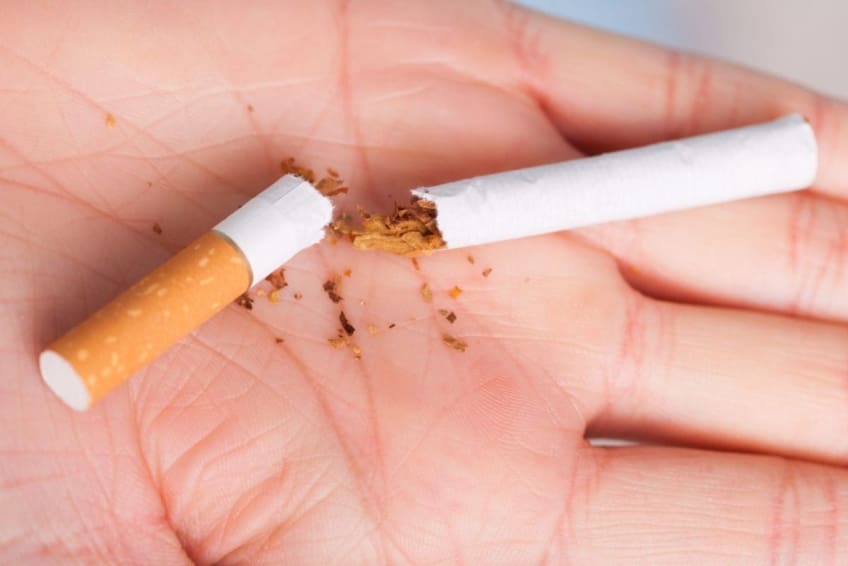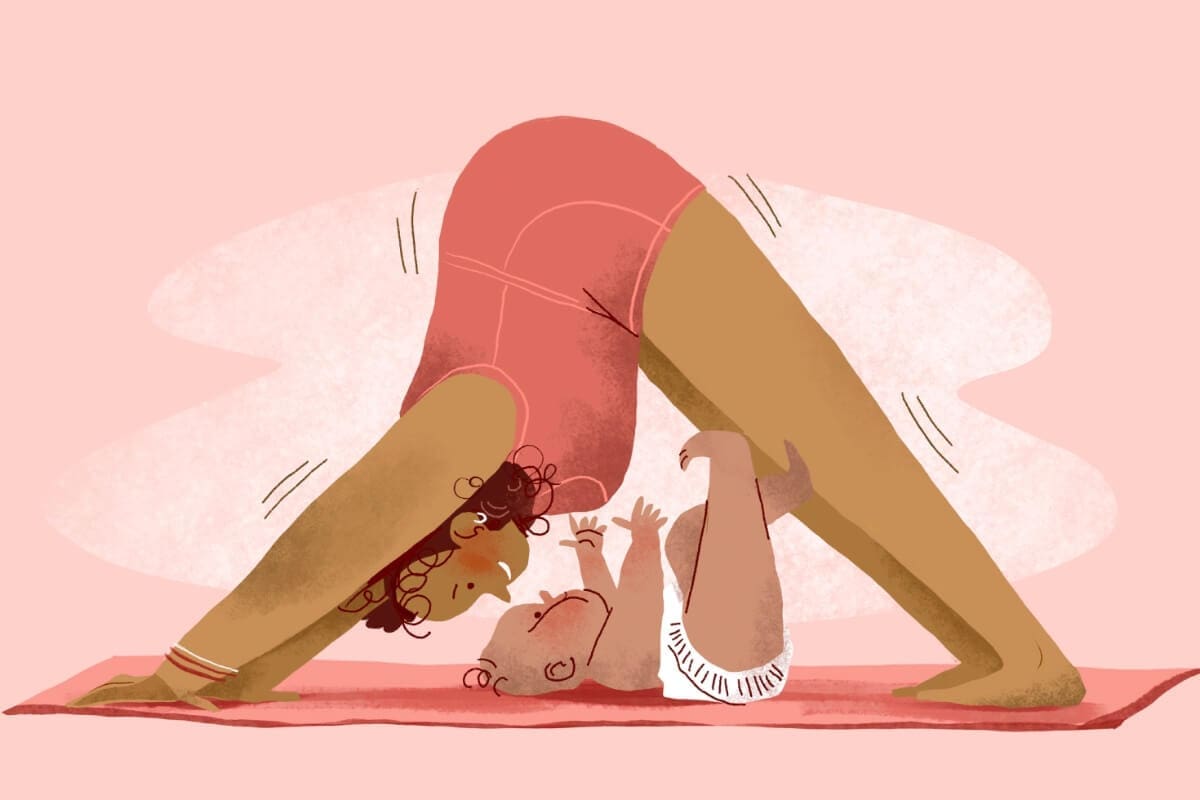
It’s no secret that smoking or chewing tobacco is dangerous for your health. Many people try to quit and are successful. Still, many others try to quit and fail. That may be due to the addictive nature of smoking or chewing tobacco. It can cause changes in your body and in the way you act. The changes in your body are caused by an addiction to nicotine. That’s the main ingredient in tobacco products. These changes may have occurred gradually over time and become habits.
When you have a tobacco habit, many things seem to go along with having a cigarette or a dip or chew. These might include having a cup of coffee or an alcoholic drink, being stressed or worried, talking on the phone, driving, socializing with friends, or wanting something to do with your hands or mouth.
You also may be facing pressures from friends who use tobacco products. Don’t let anyone or anything convince you that it’s okay to smoke or chew. If you need help saying no, talk to someone you can trust, like a teacher, counselor, your family doctor, or the 800-QUITNOW hotline.
Path to Improved Health
Wanting to quit is a good first step. You’ll have the best chance of stopping if you do the following:
- Prepare.
- Get support and encouragement.
- Learn how to handle stress and the urge to use tobacco.
- Get medication and use it correctly.
- Be prepared for relapse.
- Keep trying.
Steps to make quitting easier include:
- Pick a stop date. Choose a date 2 to 4 weeks from today so you can get ready to quit. If possible, choose a time when things in your life will change, like when you’re about to start a break from school. Or just pick a time when you don’t expect any extra stress at school, work, or home.
- Make a list of the reasons why you want to quit. Keep the list on hand so you can look at it when you have a nicotine craving.
- Keep track of where, when, and why you use tobacco. You may want to make notes for a week or so to know ahead of time when and why you crave a cigarette or chew. Plan what you’ll do instead. You may also want to plan what you’ll say to people who pressure you to use tobacco products.
- Throw away all your tobacco. Clean out your room if you have smoked there. Throw away your ashtrays and lighters—anything that you connect with your smoking habit. Get rid of all old chewing tobacco containers and anything else you used.
- Tell your friends that you’re quitting. Ask them not to pressure you about quitting. Find other things to do with them besides smoking or using chewing tobacco.
- When your stop date arrives, stop. Reward yourself for each tobacco-free day, week, or month. For example, buy yourself a new shirt or ask a friend to see a movie with you.
More helpful tips:
Nicotine replacement products provide nicotine without using tobacco. These products are available as gum, a patch, nasal spray, an inhaler, and lozenges. You can buy the nicotine gum, patch, and lozenge without a prescription from your doctor. Nicotine replacement works by reducing your body’s craving for nicotine. This reduces withdrawal symptoms. It lets you focus on the changes you need to make in your habits and environment. Once you feel more confident as a nonsmoker, dealing with your nicotine addiction is easier.
Some prescription medicines help people stop smoking. These medicines do not contain nicotine, but help you resist your urges to smoke. Ask your doctor for his or her recommendation.
Tell your family and friends how to help. Their support will make it easier for you to quit.
Reward yourself for stopping. For example, with the money you save by not buying tobacco products, buy yourself something special.
You may have a habit of using tobacco to relax during stressful times. Luckily, there are good ways to manage stress without smoking or chewing. Relax by taking a hot bath, going for a walk, or breathing slowly and deeply. Think of changes in your daily routine that will help you resist the urge to smoke. For example, if you used to smoke when you drank coffee, drink hot tea instead.
You may feel irritable. You also may get angry or upset faster, have trouble concentrating, and feel hungrier than usual. You may have headaches and cough more at first (while your lungs are clearing out). All of these can be symptoms of withdrawal from nicotine. The worst symptoms will stop in a few days. However, you may still have cravings for tobacco. Those cravings have less to do with nicotine addiction and more to do with the habit of smoking or using chewing tobacco.
Some people gain weight when they stop smoking. The main reason some people gain weight is because they eat more food as a substitute for smoking or chewing. You can avoid gaining weight by watching how much you eat, staying busy, and working out. Other people may lose weight when they stop smoking.
Most people try to quit more than once before they succeed. Don’t give up if you slip. Remind yourself of why you want to quit. Think about what happened to make you slip. Figure out how you’ll handle that situation differently next time. Then start again.
Tips to help you quit smoking.
Things to Consider
Smoking causes lung cancer and many other types of cancer, heart disease, serious breathing problems, stomach ulcers and acid reflux, gum disease, and damage to babies of pregnant women who smoke. Smoking can also cost you time lost working or having fun because you’re sick. Chewing tobacco is just as bad as cigarette smoke. You may hear more about the harm cigarettes do to the body but chewing tobacco can hurt your health. Additionally:
- Cigarettes contain tar, carbon monoxide, and chemicals like DDT (pesticide), arsenic, and formaldehyde (a gas used to preserve dead animals). Tar and carbon monoxide cause serious breathing problems. Tobacco smoke also causes cancer.
- Nicotine is addictive. Nicotine raises your risk of heart attack and stroke.
- Smoking just a few cigarettes a day is bad for your health. Once you start smoking, it’s hard to stop.
- Chewing tobacco can cause sores and white patches in your mouth. Also, it can cause diseases and cancers of the mouth, gums, and throat. It can give you bad breath, discolor your teeth, and cause tooth loss. One chew contains 15 times the nicotine of a cigarette (meaning the risk of addiction is much higher).
- Smoking can shorten your life by as much as 14 years.
- Smoking gives you bad breath, makes your clothes and hair smell bad, makes your skin wrinkle more easily, makes you tired more quickly when you exercise, raises your heartbeat and your blood pressure, weakens your immune system, negatively affects your sexual performance, and weakens your tendons and ligaments.
Quitting smoking is important. The American Academy of Family Physicians (AAFP) supports health coverage for evidence-based treatment of tobacco use. Additionally, the AAFP recommends that all tobacco users in the United States be aware of the existence of such treatments and have access to all evidenced-based FDA-approved therapies and counseling.
When to See a Doctor
If you smoke or chew tobacco, you should see a doctor immediately. Your family doctor can help you develop a plan to stop using tobacco. He or she can give you information on telephone hotlines or self-help materials. Your doctor can recommend a stop-smoking program. These programs are often held at local hospitals or health centers.
Questions to ask your doctor
- Is it more difficult to quit smoking the longer you’ve smoked?
- Does stopping reverse the negative effects of smoking?
- How can I quit if someone else in my life or home smokes?
- Are medications to help me quit right for me?
- How long does it usually take to quit successfully?
Resources
American Academy of Family Physicians: Quit Smoking Guide
Centers for Disease Control and Prevention: Quitting Smoking
Smokefree.gov / 1-800-QUIT-NOW
![]()
Copyright © American Academy of Family Physicians
This information provides a general overview and may not apply to everyone. Talk to your family doctor to find out if this information applies to you and to get more information on this subject.













